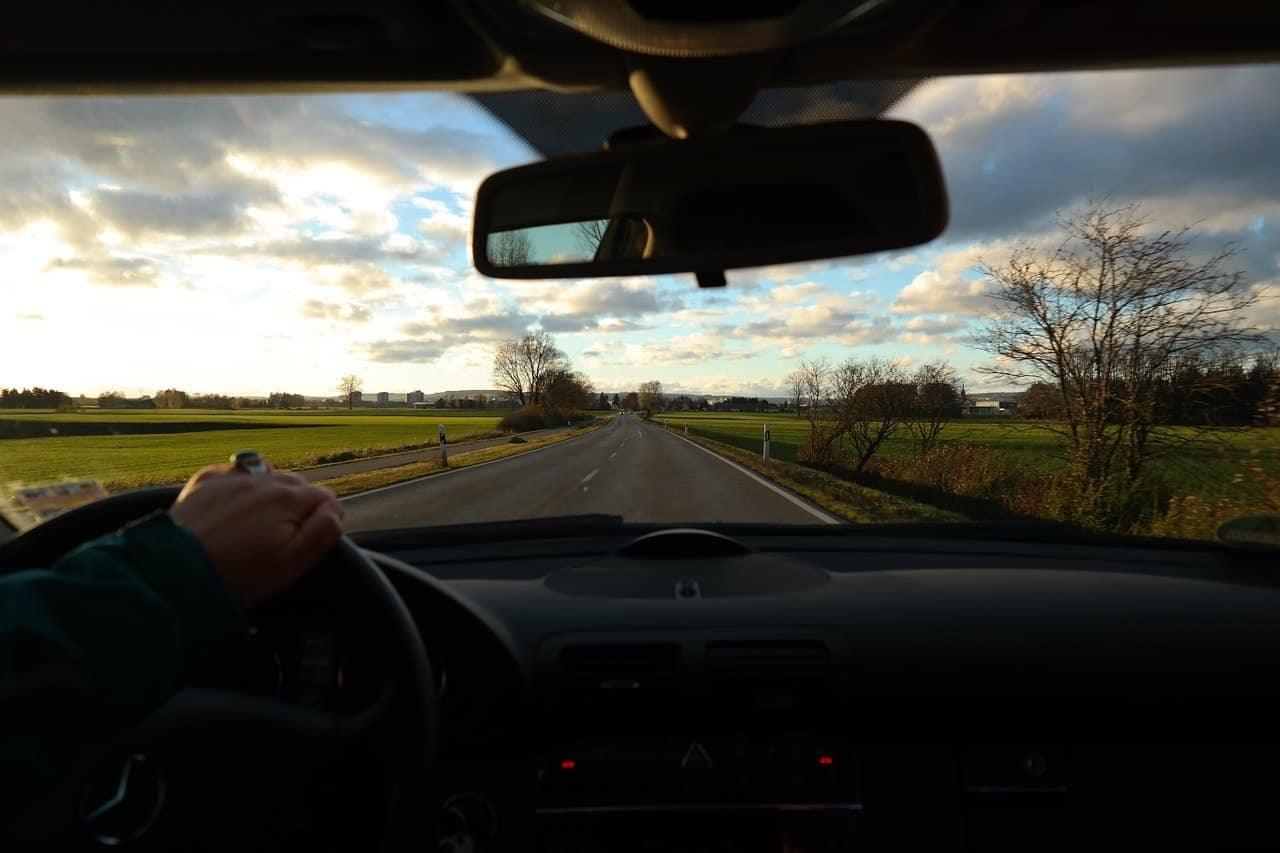
When going on vacation by car, we have several or even several hours of driving ahead of us. Tiredness behind the wheel can have tragic consequences. How to safely reach the destination?
When it comes to safety, preparation before the journey is of great importance. You should especially take care of the technical condition of your car. Any breakdown on the way will cause many problems, increasing fatigue and frustration – especially when we set off abroad and will not necessarily be able to communicate with local mechanics. It is also worth remembering about spare bulbs, wheels and fluids.
Another important issue is choosing a convenient route. Prior familiarization with the road will help you choose the best option, which can shorten the entire crossing by valuable hours. The next important point is to pack all the necessary accessories. If we travel with children, we must keep in mind that the youngest quickly get bored – so we must provide them with access to a variety of activities, toys and games. Thanks to this they will be polite and calm.
In addition, you should remember about provisions. All kinds of snacks and warm meals will allow you to avoid stops at roadside inns, which may serve a menu of dubious quality. The most important thing for drivers, however, is adequate rest. Sleeping long enough will allow the body to regenerate and give us the readiness for a hard journey.
The decision to embark on a long journey must be made rationally and responsibly. Driving with the whole family, especially when children are noisy, can be exhausting for the driver. Concentrating on the road while keeping an eye on your kids can quickly become tiring.
Having someone at your side to swap with during the trip is invaluable. Firstly, you don’t have to interrupt your trip, which saves you time on your vacation. Secondly, when you feel the first signs of tiredness, you do not have to nervously look for a stopping place or pay for accommodation.
When should you swap with the other driver? You should do it when:
This phenomenon occurs especially on expressways where you may be driving at high speeds. Subconscious use is then made of so-called central vision, i.e. looking at objects a maximum of 15 degrees away from the central axis of our vision. In this case, the driver only sees the lane he or she is travelling in, while at the same time looking ahead (tunnel vision). Drivers characterize this sensation as “narrowing of the road”.
When all you can see is the flickering of the white traffic lanes, you can hear the pleasant whirr of the engine, and you’ve had a good, hearty meal with relaxing music playing in the background, the road can become too relaxing. People who have complete confidence in their cars, their technology and safety systems are particularly susceptible to this. There are also vehicle functions that take over certain tasks from the driver, such as cruise control. In this case, the feet are not in contact with the gas pedal and the service brake, which can make the driver considerably lazy. A cushy headrest and an incorrect, semi-reclining position behind the wheel give the impression of lying in bed.
All of the above factors combine to put the driver in a state of apathy, drowsiness, and numbness. In addition, they slow reaction time, cause a loss of reality and judgment. When combined with fatigue, this can lead to tragic accidents. Therefore, it is worth taking care of the appropriate level of attention – a good way may be simply talking to your passengers.
(Photo: pixabay.com)